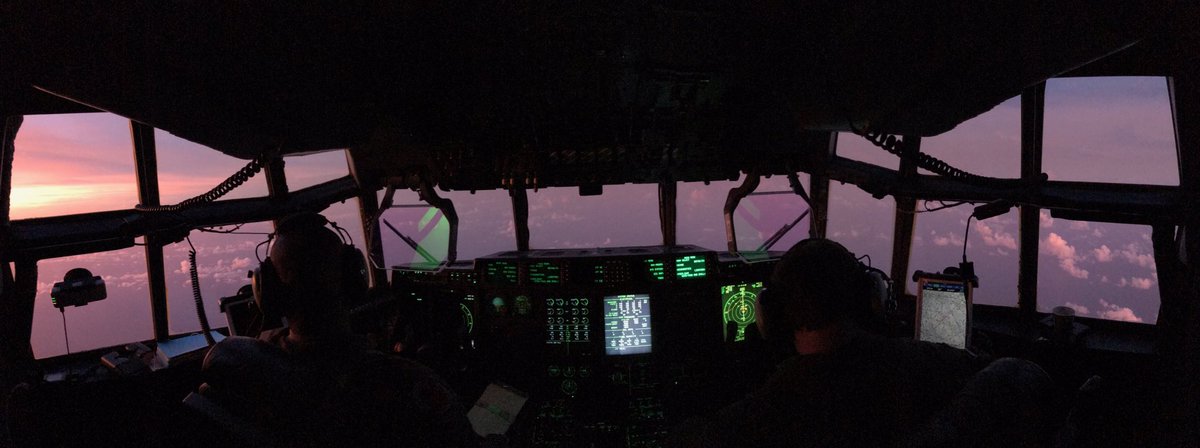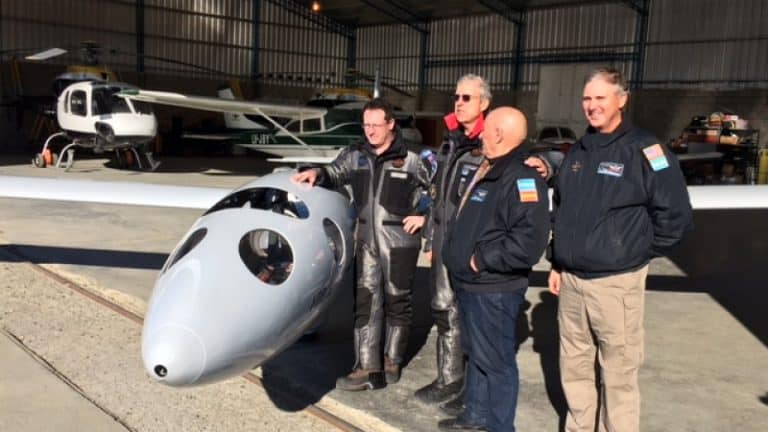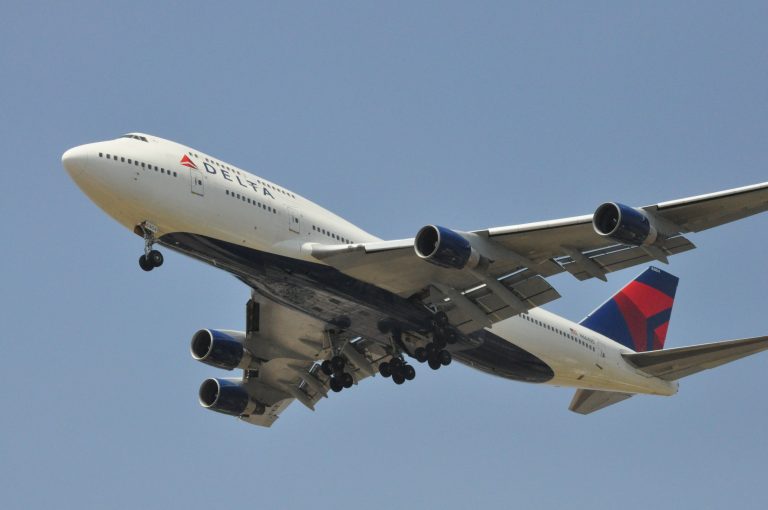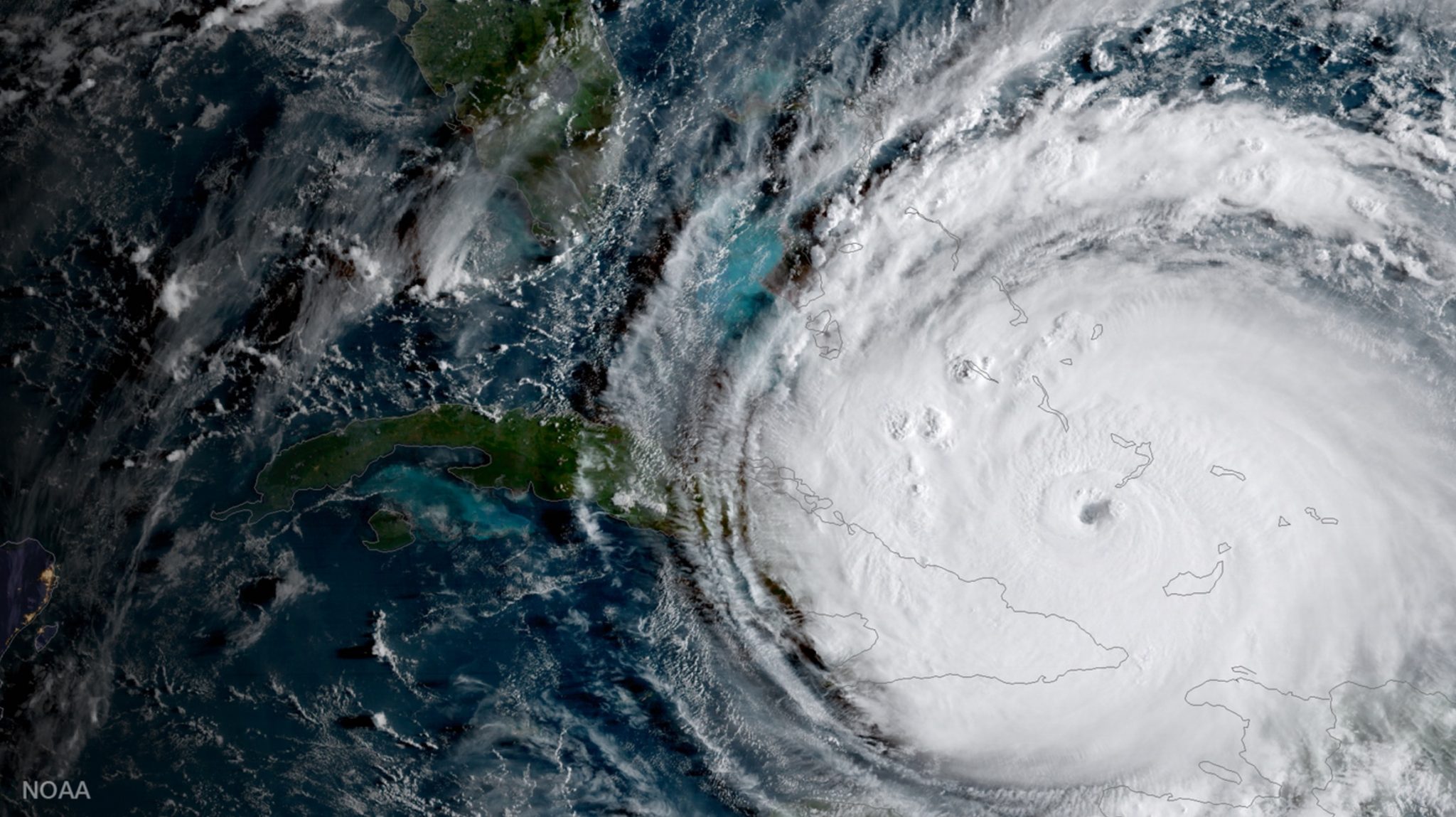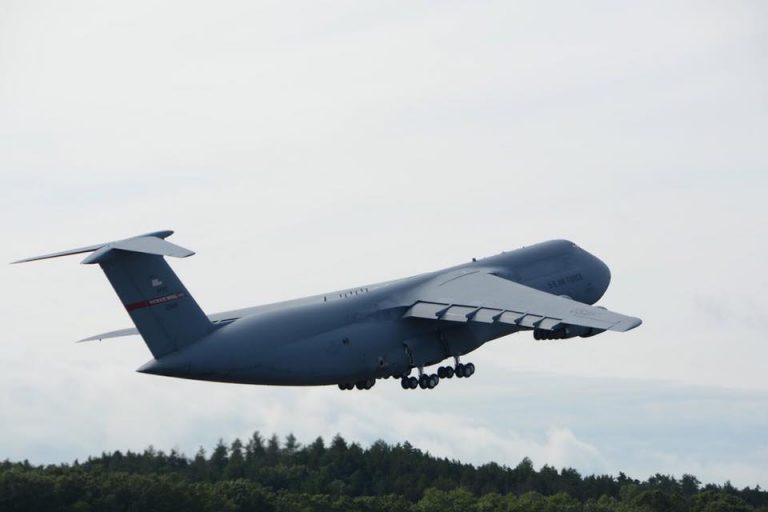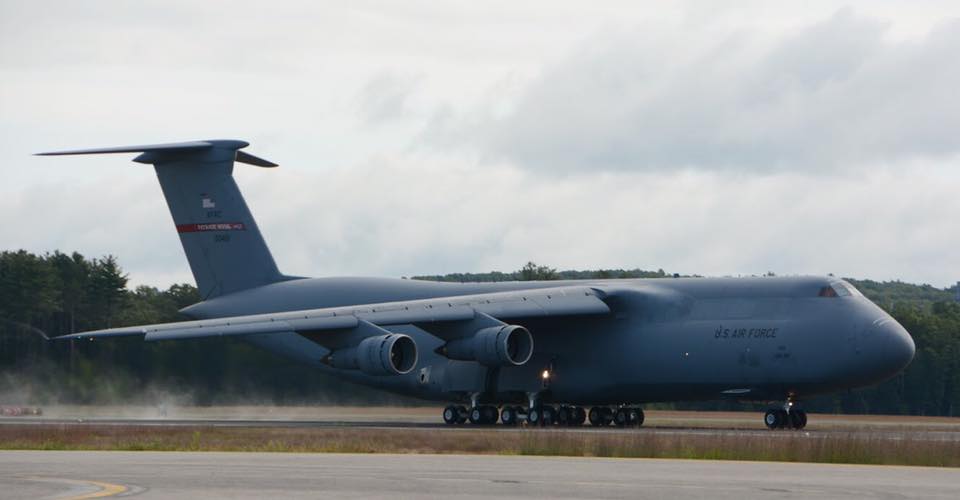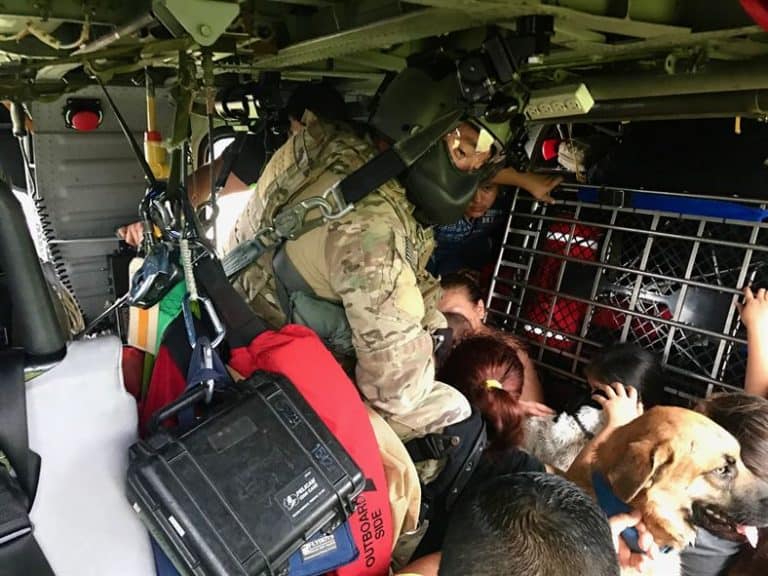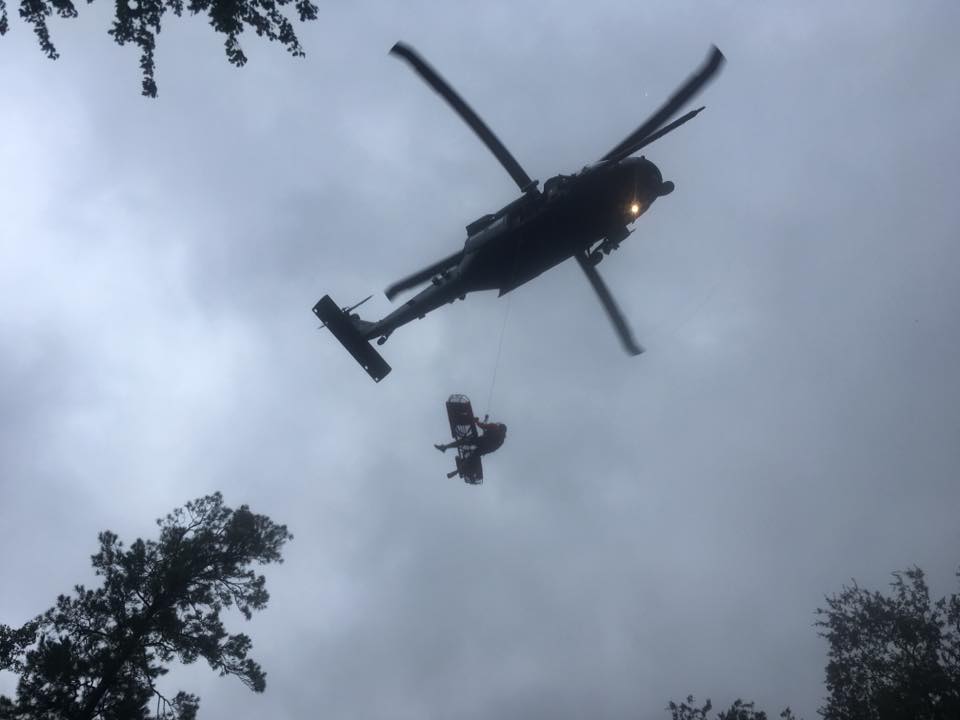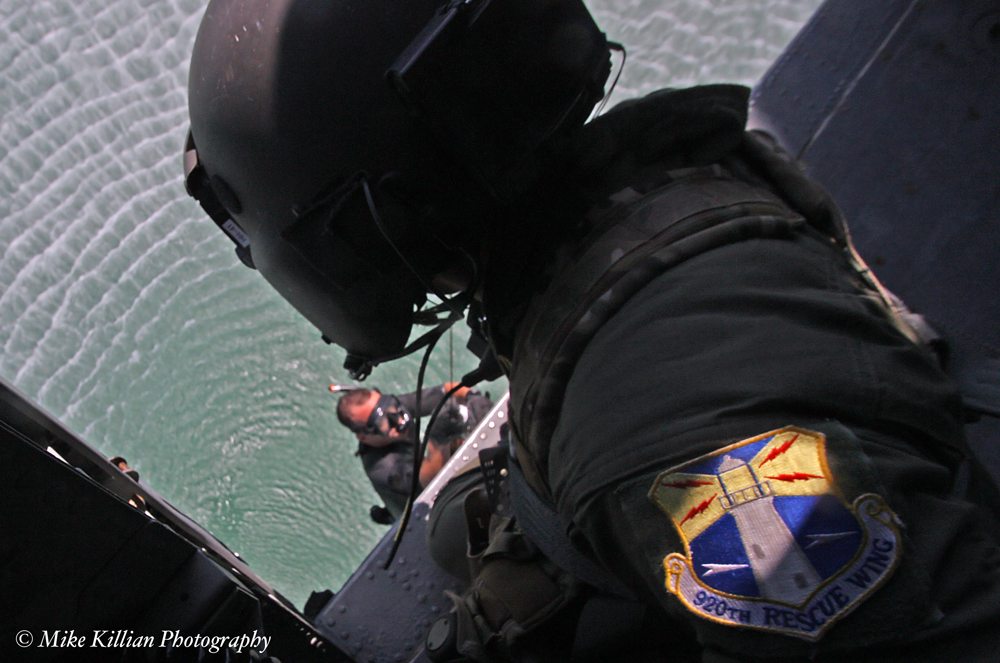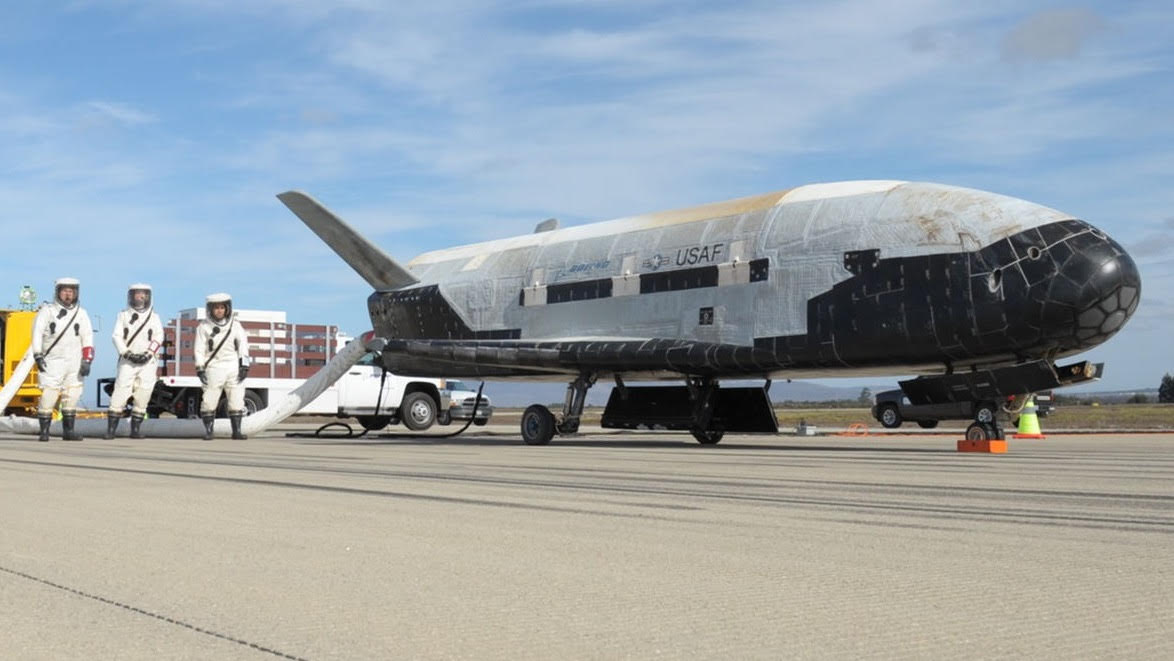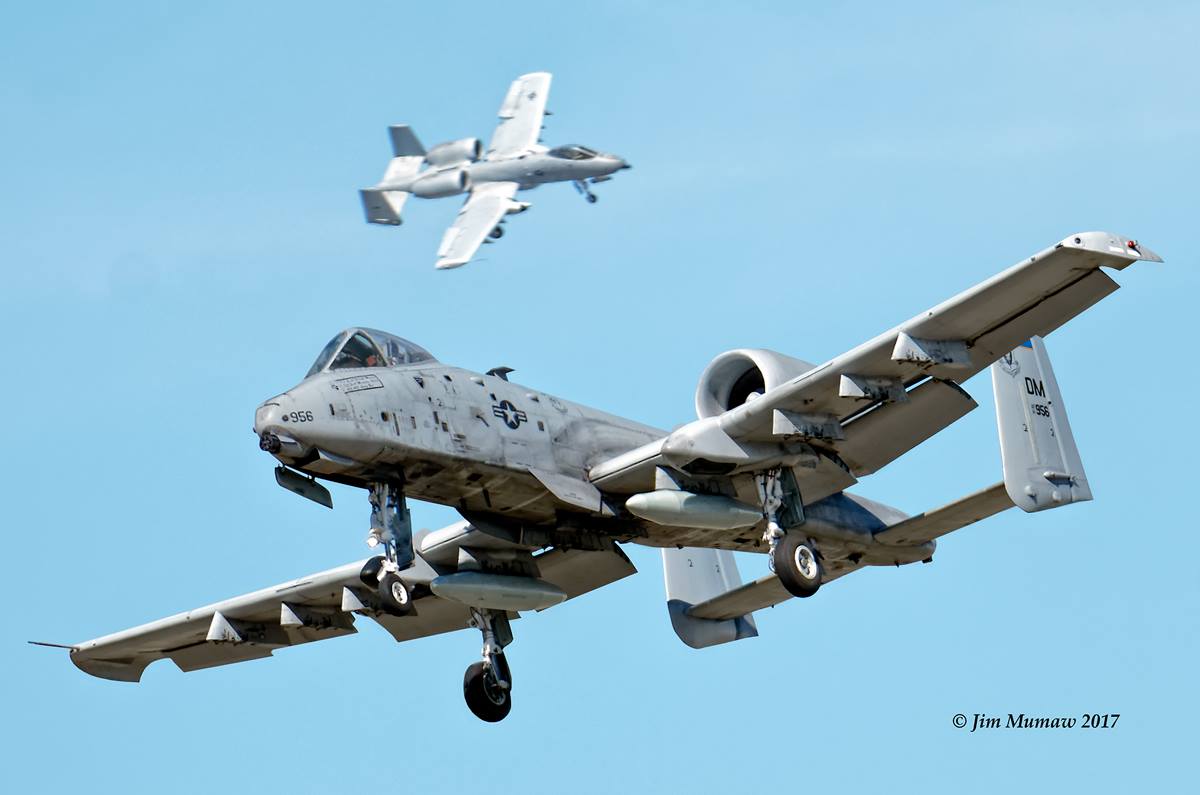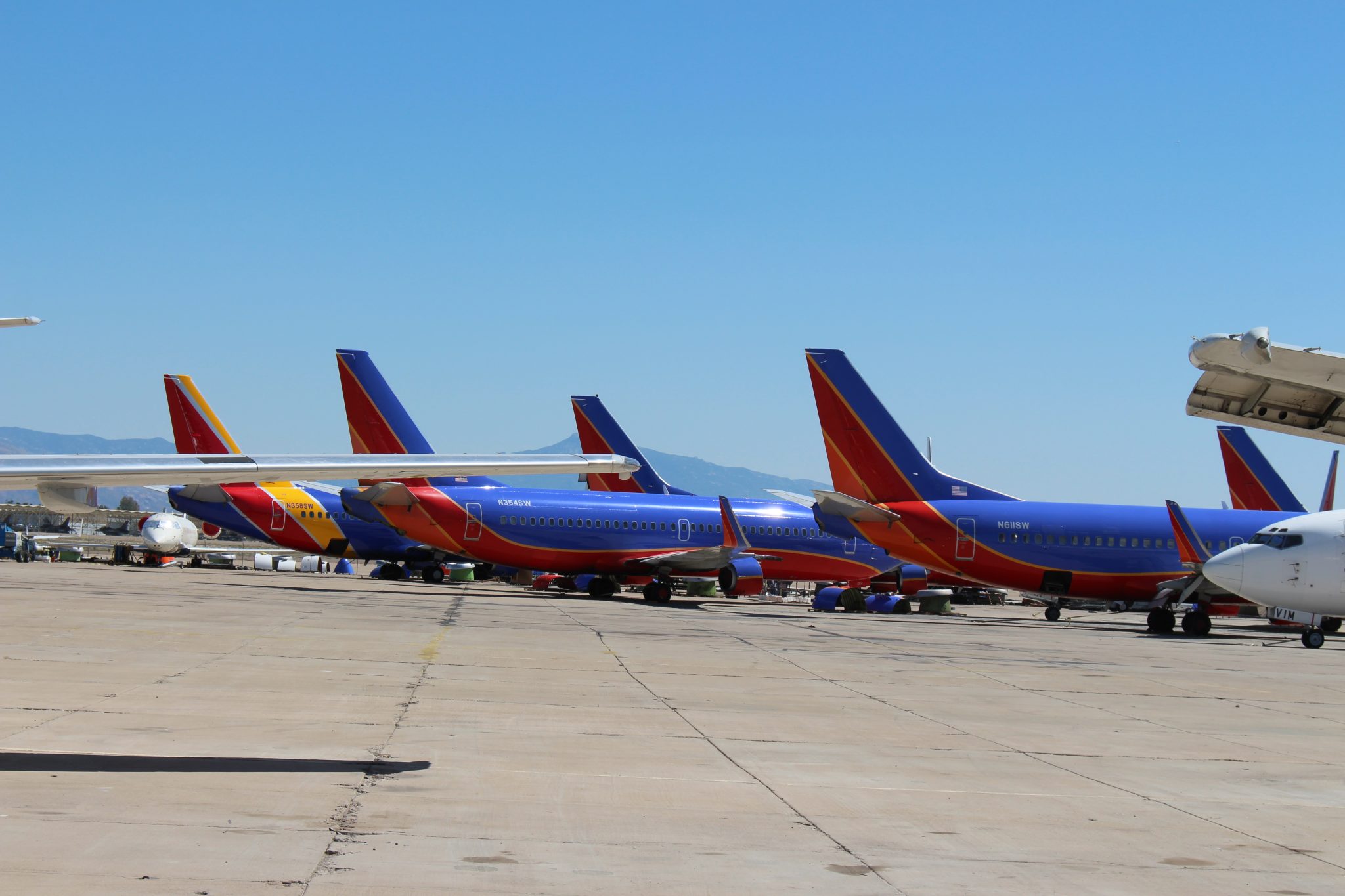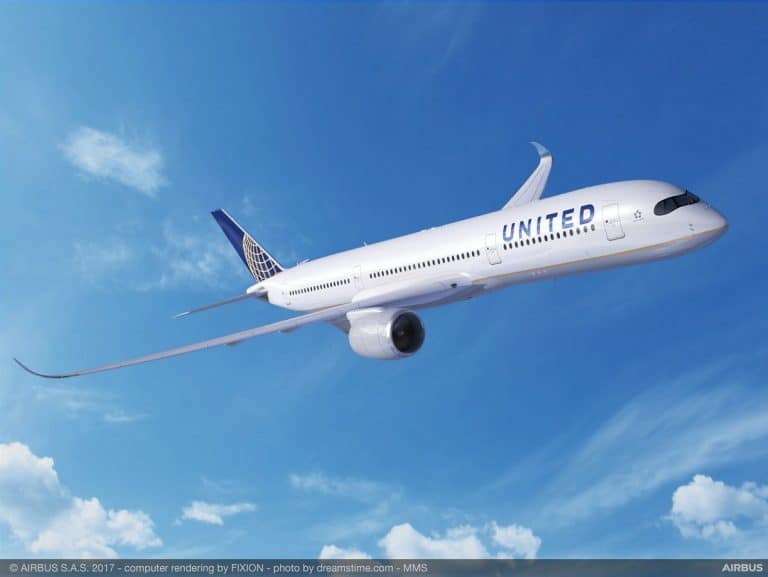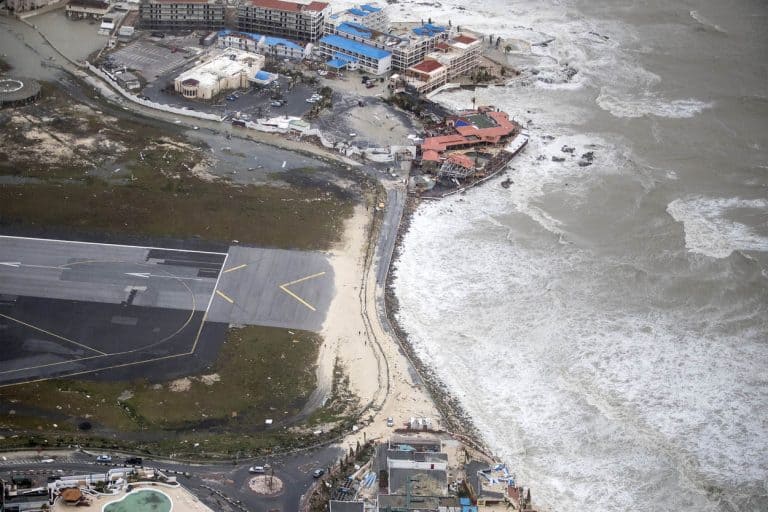“10 meters, 6 meters, 2 meters, SCORE!” Perlan II pilot Jim Payne keyed his mic to countdown as Perlan II reaced to new heights in the aviation record books. On September 3rd two aviators Jim Payne and Morgan Sandercock achieved an altitude of 54,000 feet pressure altitude and 52,172 feet GPS altitude in a glider, breaking the absolute altitude record for a crew of an engineless aircraft. The earlier record was set by Steve Fossett & Einar Enevoldson. They reached an altitude of 50,277 feet back in 2006. The crew of the Perlan II launched from El Calafate near Patagonia in Argentina and logged 6:38 of flight time on their record breaking flight, it was the longest flight in the program to date.
Airbus Perlan II Mission
The record breaking flight is integral to the Airbus Perlan Mission II program. Perlan II’s goal is “reach the edge of space” in a glider. Airbus became the title sponsor of the program in 2014, and the aircraft constructed by the team is affably named Perlan II a purpose built – pressurized glider designed to be piloted to a heights of over 90,000 feet above the earth’s surface. The team is driven to take Perlan II an engineless glider higher into the stratosphere than any glider has ever been before by harnessing the power of stratospheric mountain waves and the polar vortex. In accomplishing this task they intend to learn more about earth’s atmosphere and its ozone layer.
Reaching 54,007′
The weather forecast for the day called for soft mountain wave below 18,000 feet and a difficult transition at 34,000 hardly the day to set a new world record. The crew released from tow over a hot spot and slowly climbed in a thermal over Buenos Aires. Upon reaching 28,000 feet they determined that they had enough altitude to fly upwind and connect with the primary wave over the Andes Mountains. This maneuver cost the crew 7,000 feet but they were able to climb in the wave steadily to 33,000 feet, followed by another slow climb to 37,000. The team knew the mark to set a new record was 51,214 GPS altitude.
The crew turned downwind toward the Chilean border where they anticipated finding stronger secondary mountain wave. Perlan II maintained a steady climb from 40,000 to 50,000. Jim & Morgan “clawed” their way up to 54,007 feet, reaching a maximum GPS altitude of 52,172 feet and setting their new world record.
Aircraft
The Perlan II aircraft has been designed for optimal performance at 50,000 feet and has a pressurized cabin that allows the pilots to safely operate aircraft/system controls without their pressure suits overinflating. It has a crew of two, a gross takeoff weight of 1800lbs, and an 84 foot wingspan. There is also a tail mounted camera for the situational awareness of the crew and taking really cool photos. The aircraft is equipped with instrumentation and lighting to fly at night. The life support systems include dual-redundant oxygen rebreathers, a pressurization system set to maintain a cabin altitude of 14,000 feet. The crew has two emergency parachutes and the aircraft has a drogue chute for high altitude rapid descent and a ballistic chute for lower altitudes.
History
Aug 30 2006 Steve Fosset, you may recognize him as the first person to solo a balloon non-stop around the world, and Einar Enevoldson the Perlan program founder and NASA test pilot, flew the first Perlan 1 aircraft to an altitude of 50,277 feet. Until 9/3/17 they held the world record for highest altitude achieved in a glider. “And they could have gone even higher,” as they reached their record breaking new heights Perlan 1 crew’s pressure suits overinflated and could have interfered with the flight controls making continued operation dicey, so the pilots decided to return to earth.
Perlan II’s maiden flight was in 23 Sept 2015 at Redmond Municipal Airport in Oregon. Since then the team has been fine-tuning their aircraft’s life-support and telemetry systems. In 2016 during testing over Minden, Nevada, Perlan II reached an altitude of 24,300 feet, before setting out for a record-breaking attempt in Argentina. Last year when the Perlan II team came to Argentina team they did not break the record, topping out only at 22,500 in weak wave conditions.
This year after 7 flights at the El Calafate testing site in Argentina the team has set a new record and now can set their sights on going even higher.
Follow the Perlan II project
Home
New world absolute altitude claim. 52,172 feet GPS altitude. 53,955 feet pressure altitude. Tim Payne’s Flight Log 3 Sep 2017 – Pilot, Perlan II
https://www.onlinecontest.org/olc-2.0/gliding/flightinfo.html?dsId=6116604
http://www.perlanproject.org/blog/airbus-perlan-mission-ii-world-record-flight
